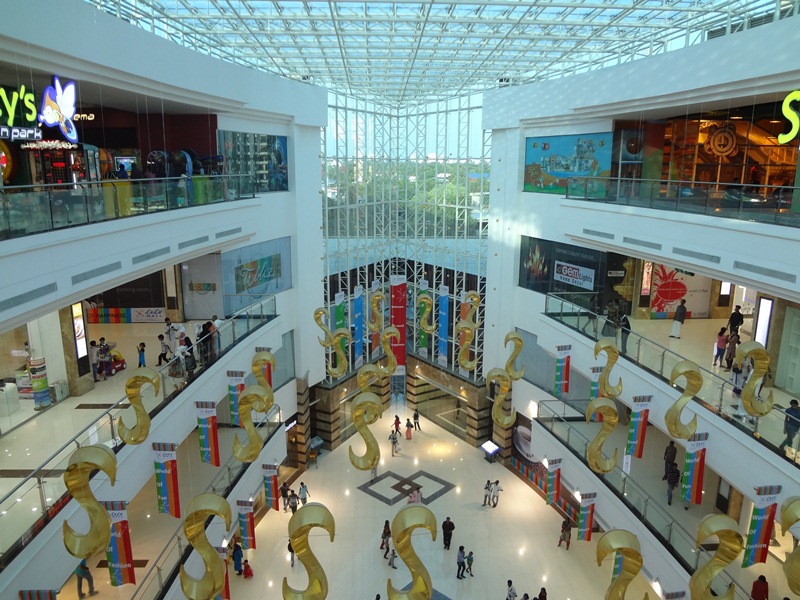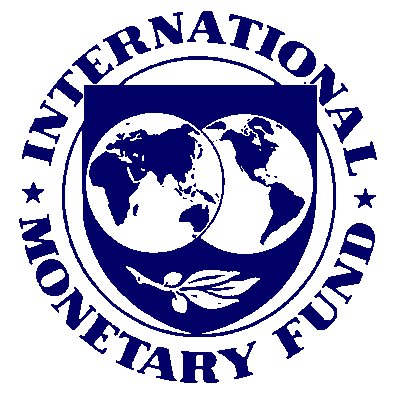 One of the economic theories (I don’t know what else to call it) that often gets bandied around by almost anyone who has anything to say on the Indian economy, is that India’s economy is not as dependent on exports as the Chinese economy is. Honestly, given that China and the word “exports” are almost used interchangeably these days, it sounds true as well. Nevertheless, that is clearly not the case. While this may have been true in the 1990s, the most recent data does not bear this out.
One of the economic theories (I don’t know what else to call it) that often gets bandied around by almost anyone who has anything to say on the Indian economy, is that India’s economy is not as dependent on exports as the Chinese economy is. Honestly, given that China and the word “exports” are almost used interchangeably these days, it sounds true as well. Nevertheless, that is clearly not the case. While this may have been true in the 1990s, the most recent data does not bear this out.
Let’s look at exports of goods and services as a proportion of the gross domestic product (GDP, a measure of the size of the economy) of both these countries. In 1995, the Chinese exports to GDP ratio had stood at 20.4% of the GDP. The Indian exports to GDP ratio was around half of that of China at 10.7% of the GDP.
In 2014, the Chinese exports to GDP ratio had stood at 22.6% of the GDP. On the other hand, the Indian exports to GDP ratio was at 23.6% of the GDP. Hence, as a proportion of the size of the economy, Indian as well as Chinese exports are at a similar level. And that is indeed very surprising. It is not something that one expects.
As Rahul Anand, Kalpana Kochhar, and Saurabh Mishra write in an IMF Working Paper titled Make in India: Which Exports Can Drive the Next Wave of Growth?: “India’s exports have been increasing since the early-1990s – both as a share of GDP and as a share of world exports. Total exports as a share of GDP have risen to almost 25 percent in 2013 from around 10 percent in 1995. Likewise, Indian goods exports as a share of world goods exports have risen, with the share almost tripling to 1.7 percent during 1995-2013. A similar trend is visible in India’s services export – the share tripling to over 3 percent of world service exports during 2000-2013.” Computer services form around 70% of India’s services exports, which forms around one third of India’s total exports.
What these data points clearly show us is that the theory that India is not dependent on strong exports for a robust economic growth, is basically wrong, as exports now amount to nearly one-fourth the size of the Indian economy.
The Indian exports have been falling for the last nine months. In August 2015, the exports were down by 20.7% to $21.3 billion. Twenty three out of 30 sectors monitored by the ministry of commerce saw a drop in exports in August 2015, in comparison to August 2014. Exports for the period of April and August 2015 stood at $111 billion and were down by 16.2% in comparison to the same period last year. Hence, there has been a huge slowdown in exports during the course of this financial year as well.
A major reason for the same has been a fall in commodity exports. As Chetan Ahya and Upasana Chachra of Morgan Stanley write in a recent research note titled What is Driving the Sharp Fall in India’s Exports?: “Persistent downward pressure from commodity prices has undoubtedly put pressure on commodity export growth (in value terms). Indeed, commodity exports (including oil), which account for 33% of India’s total exports, have been declining since Jul-14.”
Commodity prices have been falling because of a slowdown in the Chinese economic growth. China consumes a bulk of the world’s commodities.
Not many people would know that refined petroleum oil, much of which is exported out of the state of Gujarat, forms around one fifth of India’s exports.
Hence, while India benefits immensely due to a fall in the price of oil, given that we import 80% of what we consume, there is a flip-side to it as well.
Further, in India’s case, export of services, in particular computer services, has played a major role in driving up the exports over the years. The same cannot be said about India’s manufacturing exports. As Anand, Kochar and Mishra point out: “[India’s] services exports, as a share of total exports and in terms of sophistication, are comparable to high income countries, the share of manufacturing exports and their level of overall value content are still low compared to its peers, especially in Asia.”
The reasons for this are well discussed. They include an unpredictable tax regime (which the government keeps promising to correct), complicated labour laws and land acquisition policies, inspector-raj and a shaky physical infrastructure.
And this best explains why unlike China, India’s manufacturing exports are not a major part of its goods exports. As Anand, Kochar and Mishra point out: “For example, in 2013, manufacturing exports accounted for 90 percent of total exports in China, almost double the share during 1980-85. Indian exports have also undergone transformation during the decade of high growth, though to a lesser extent compared to peer emerging markets. The share of manufacturing in total merchandise exports has increased to 57 percent in 2013 from 41 percent in 1980.”
Also, given the problems an entrepreneur faces in India, in getting a manufacturing unit going, India’s share in global goods exports may have plateaued as far back as 2012. Data from Morgan Stanley suggests that India’s good exports as a proportion world goods exports has plateaued at around 1.7%.
As Ahya and Chachra of Morgan Stanley point out: “India’s market share in exports of goods for which we have monthly data has declined marginally over the last 12 months but has remained largely flat since 2012…The structural bottlenecks in the form of inadequate infrastructure, outmoded labour laws, a cumbersome taxation structure and systems, and poor ranking in terms of overall ease of doing business are probably making it harder to make gains in market share at a time when external demand has been weak and excess capacities in competitor economies have rise.”
And this is something that cannot be set right overnight.
The column originally appeared on The Daily Reckoning on Sep 28, 2015



